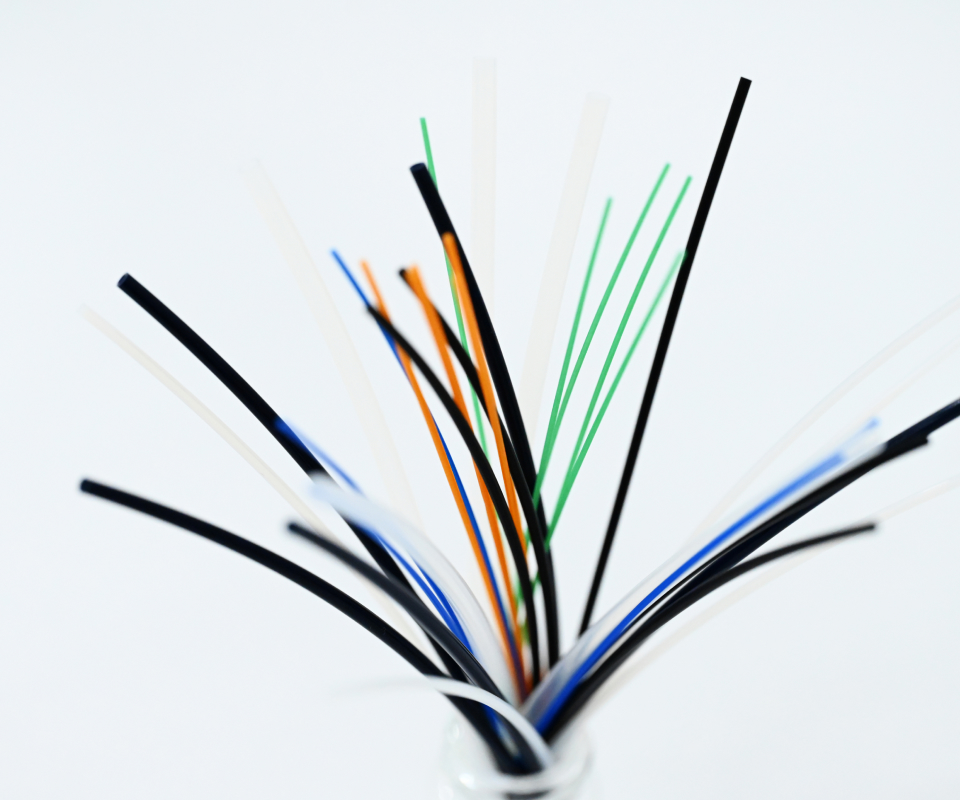What is ESD (Endoscopic Submucosal Dissection)? Indications and Catheter Consumables Overview
Introduction to ESD Surgery
ESD (Endoscopic Submucosal Dissection) is an advanced endoscopic surgical technique primarily used for the removal of larger, deeper early-stage gastrointestinal cancers or precancerous lesions. Compared to traditional EMR, ESD allows for the complete removal of larger lesions, making it especially suitable for precise treatment of gastrointestinal tumors.
Indications
ESD is appropriate for the following conditions:
Larger or more complex early-stage cancers: Such as early gastric, esophageal, or colon cancers, especially those with a larger surface area but no lymph node metastasis.
Precancerous lesions: Such as widespread gastrointestinal adenomas or lesions with a high risk of malignancy.
Main Steps of ESD Surgery
Endoscopic examination and localization: The doctor uses an endoscope to precisely locate the lesion and assess its size, depth, and position.
Injection step: Using an injection needle, saline or hyaluronic acid is injected beneath the lesion, causing it to lift and separate from the underlying tissue, creating a safe working space.
Cutting step: A high-frequency electrosurgical knife is used to precisely cut and dissect the tissue along the edges of the lesion.
Tissue retrieval and hemostasis: The excised tissue is retrieved through the endoscope, and bleeding is controlled using hemostatic tools as needed.
Main Catheter Consumables in ESD Surgery
Injection Needle Catheters
Function of the Injection Needle: The injection needle is used to inject fluid beneath the lesion, causing it to elevate, facilitating its dissection and removal. The needle can be accurately positioned and safely inject the fluid, ensuring precision and safety during the procedure.
Design Features of Injection Needle Catheters:
o High-pressure resistance: The catheter is designed to withstand high-pressure injection, ensuring that the fluid is effectively delivered beneath the tissue. High-quality catheter materials prevent leakage during the injection process, ensuring the smooth progress of the surgery.
o Flexible catheter material: The catheter is made of flexible material, which adapts to the complex curves of the gastrointestinal tract, ensuring the catheter passes smoothly through the endoscopic channel.
High-Frequency Electrosurgical Knife Catheters
Function of the High-Frequency Electrosurgical Knife: The high-frequency electrosurgical knife is the primary cutting tool in ESD surgery, utilizing high-frequency electrical currents to precisely cut and dissect tissue. It not only cuts the lesion but also coagulates tissue during cutting to prevent intraoperative bleeding.
Design Features of High-Frequency Electrosurgical Knife Catheters:
Catheter flexibility: The high-frequency knife catheter is made of soft material with sufficient flexibility, allowing the surgeon to adjust the cutting angle during surgery for precise dissection.
ESD is a complex, minimally invasive endoscopic technique, particularly suited for the removal of larger or more complex gastrointestinal lesions. Injection needle catheters and high-frequency electrosurgical knife catheters are the two most commonly used consumables in ESD surgery, playing critical roles in tissue elevation and precise cutting. High-quality catheter consumables not only improve the success rate of the surgery but also significantly reduce the incidence of intraoperative complications, ensuring safety and effectiveness.
Eco Polymer: Where Innovation Meets Excellence in Medical Device Manufacturing.


Contact us
As a leading Contract Manufacturing Organization (CMO), we excel in custom medical catheters and membranes, from prototyping to mass production. Our focus: unparalleled R&D innovation and rigorous quality validation.





